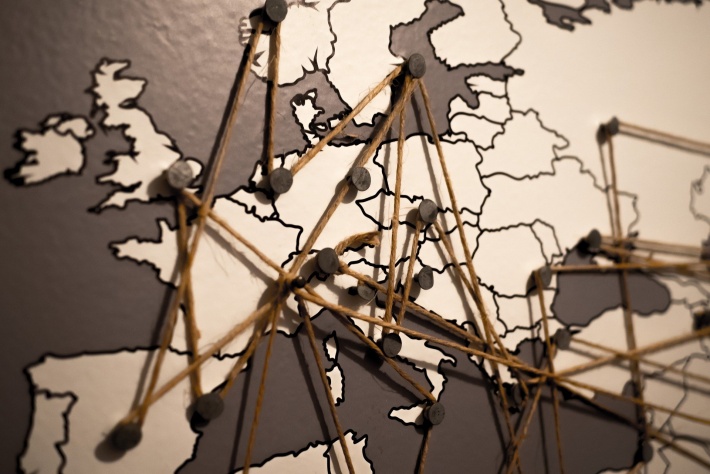
It was a long time coming, but Britain’s divorce from the EU has been finalised and we’ve now been flying solo for several weeks. In the years since the referendum, there had been much speculation about what our departure from the union would mean for business, especially for firms that were trading within the EU.
While life has carried on very much as normal since January 31, the truth is no one can be 100% certain about how the changes to our relationship with Europe will play out in the longer term.
However, what we do know is that HMRC has put in place measures which, it is hoped, will streamline processes for firms that are importing and exporting within the EU.
Prior to Brexit, HMRC automatically registered 95,000 VAT-registered businesses for its Transitional Simplified Procedures (TSP) which reduces the amount of information required to be given at the border. This is designed to benefit those businesses that would are completing customs processes for the first time
Businesses were encouraged to get Brexit-ready through a well highlighted campaign and while in an ideal world companies will have taken steps to ensure a smooth changeover, it’s not too late if you haven’t already done so.
The most important thing – whether you import or export – is to ensure that your business has an Economic Operator Registration and Identification (EORI) number that starts with GB. If you are exporting, you will also need to check that your importer as an EU EORI – and this also applies if you are exporting to a branch of your own business within the EU.
You may be able to use the Common Transit Convention (CTC) to simplify how your goods pass through customs and when duties are paid, and you should check with HMRC as to whether your business is eligible.
Some of the most significant changes relate to VAT: for example, you are no longer able to use HMRC’s online services to claim a refund from countries within the EU.
Each country within the union has its own process for refunding VAT to businesses outside the EU – and it will be up to you to investigate how to claim this in accordance with local regulations. A good starting point is the European Commission’s website.
If you are importing goods and your business is registered for VAT in the UK, you’ll be able to account for the import VAT on your return instead of when the goods arrive at the UK border. This means that you’ll be able to pay VAT later and maintain your cash flow. However, if you are not VAT registered, then you’ll need to pay at the time the goods arrive in the UK.
It’s going to be a tricky process, and both the UK and the EU accept that it will not be plain sailing straight off the bat and this is why transitional rules have been put in place for those early days after Brexit.
These points just scratch the surface of what Brexit might mean for your business: there’s going to be a long period of adjustment but nothing is insurmountable with a helping hand. There is lots of advice available on the HMRC website and your accountant will be kept up to date on any relevant changes to regulations which you need to know about.
If you want to discuss how the operations and finances of your business may be affected by Brexit, please get in touch.